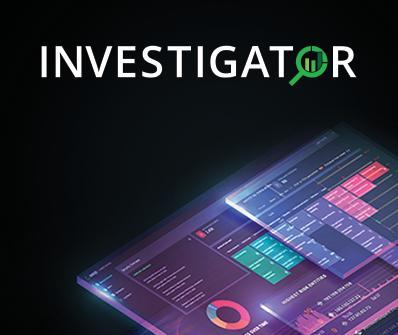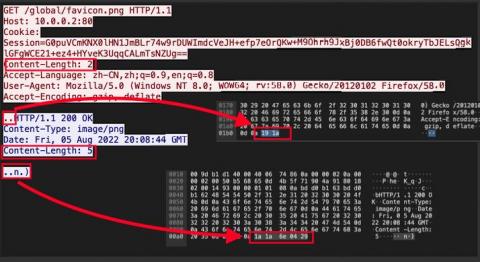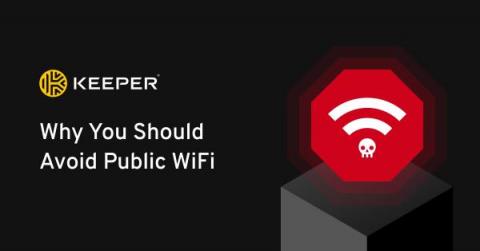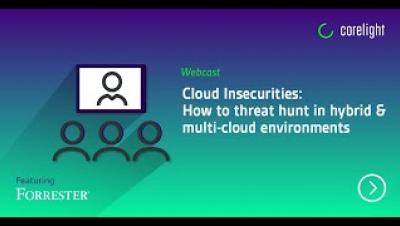Corelight Investigator: Ready for Europe
This summer, we launched Investigator, Corelight’s SaaS-based network detection and response (NDR) solution that fuses rich network evidence with machine learning and other security analytics to unlock powerful threat hunting capabilities and accelerate analyst workflows. Today, we are pleased to share that the Investigator platform is engaged in attestation for GDPR to support customer threat hunting and incident response operations across Europe.










